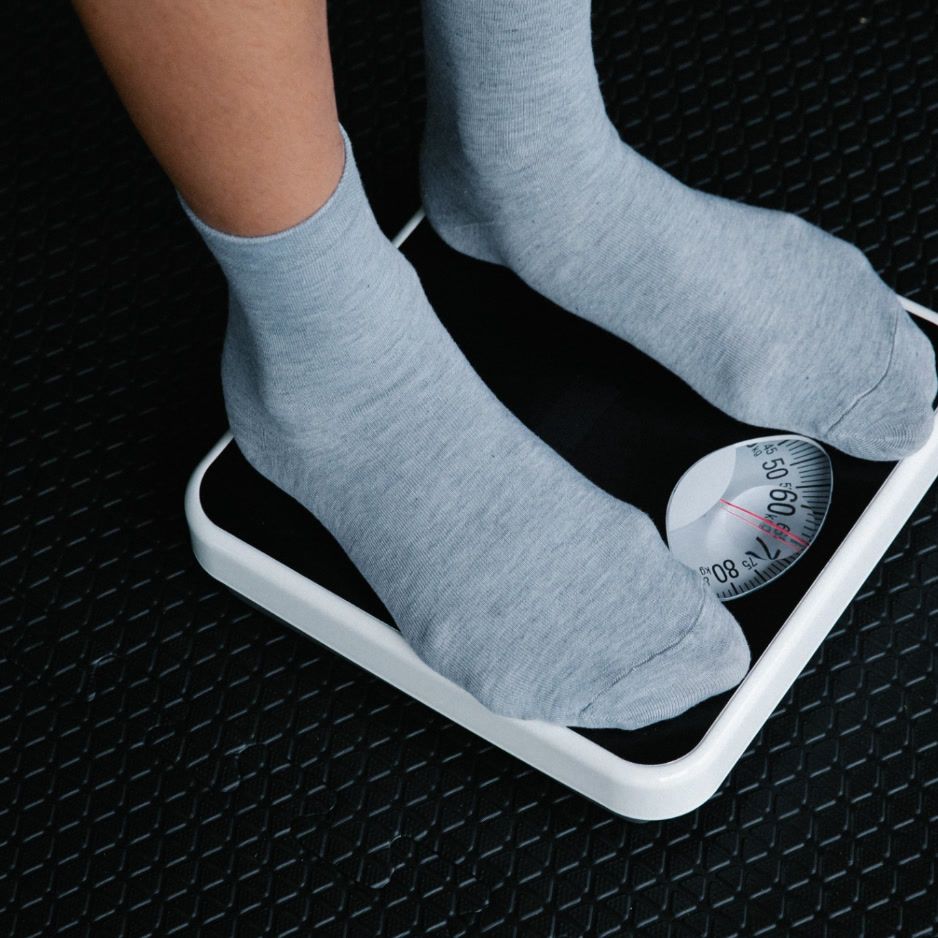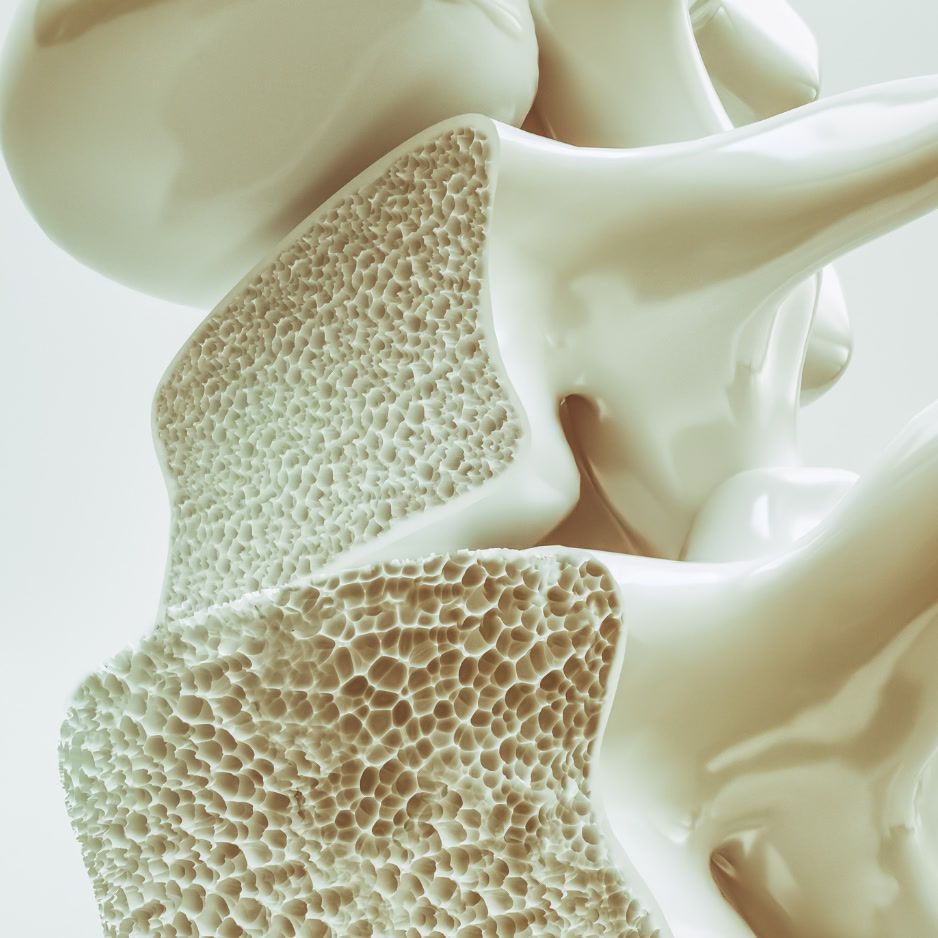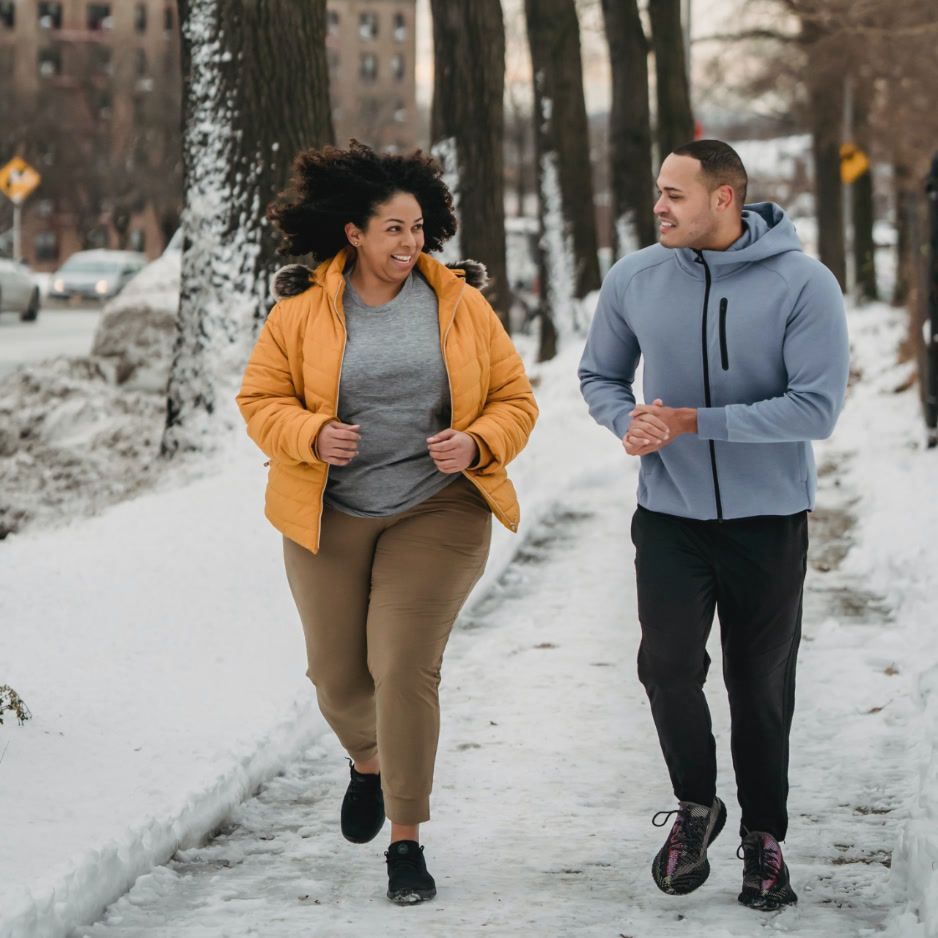30% Body Fat in Women: Appearance, Health Implications, and Next Steps
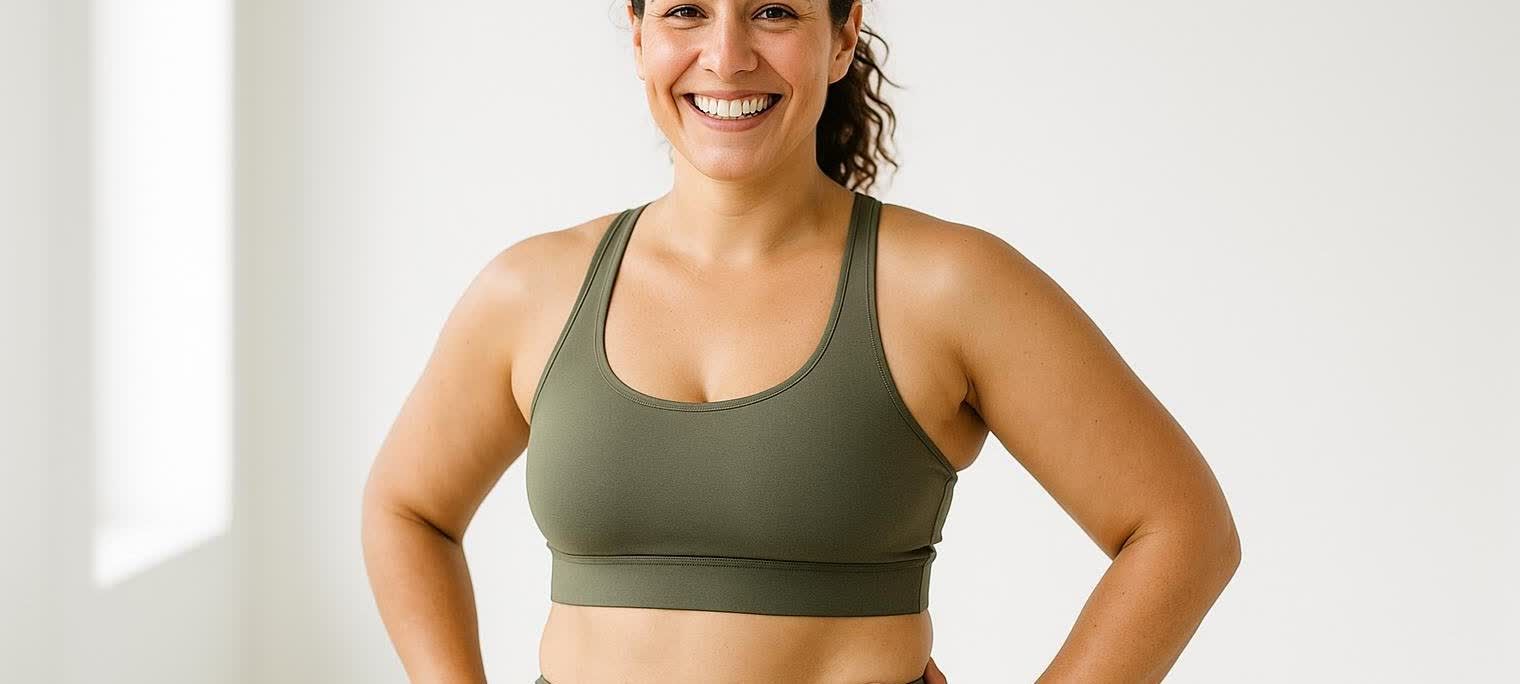
30% Body Fat in Women: Looks, Health, and Next Steps
If your smart scale says you’re around 30% body fat, you’re not alone — and you probably want to know what that means for how you look, how you feel, and your long-term health.
We’ll cover what 30% body fat typically looks like, its health context, and actionable next steps.
Key takeaways
- According to widely used ACE categories, 30% body fat falls in the “average” range for women (see Healthline’s summary of the ACE body fat categories).
- A 2024 Endocrine Society-affiliated analysis suggests risk-based cutoffs are notably higher for women (overweight ~36%, obesity ~42%), so 30% isn’t a clinical red flag on its own (2024 Endocrine Society-affiliated analysis).
- Appearance at the same %BF varies a lot by fat distribution, muscle, age, and hormones — photos are guides, not rules.
- Smart-scale (BIA) readings swing with hydration and timing; confirm milestones with a lab method like DEXA for peace of mind.
- To move toward 25-28%, lean on consistency: strength training, protein-forward meals, daily steps, and patience.
Quick answer: Is 30% body fat healthy for women?
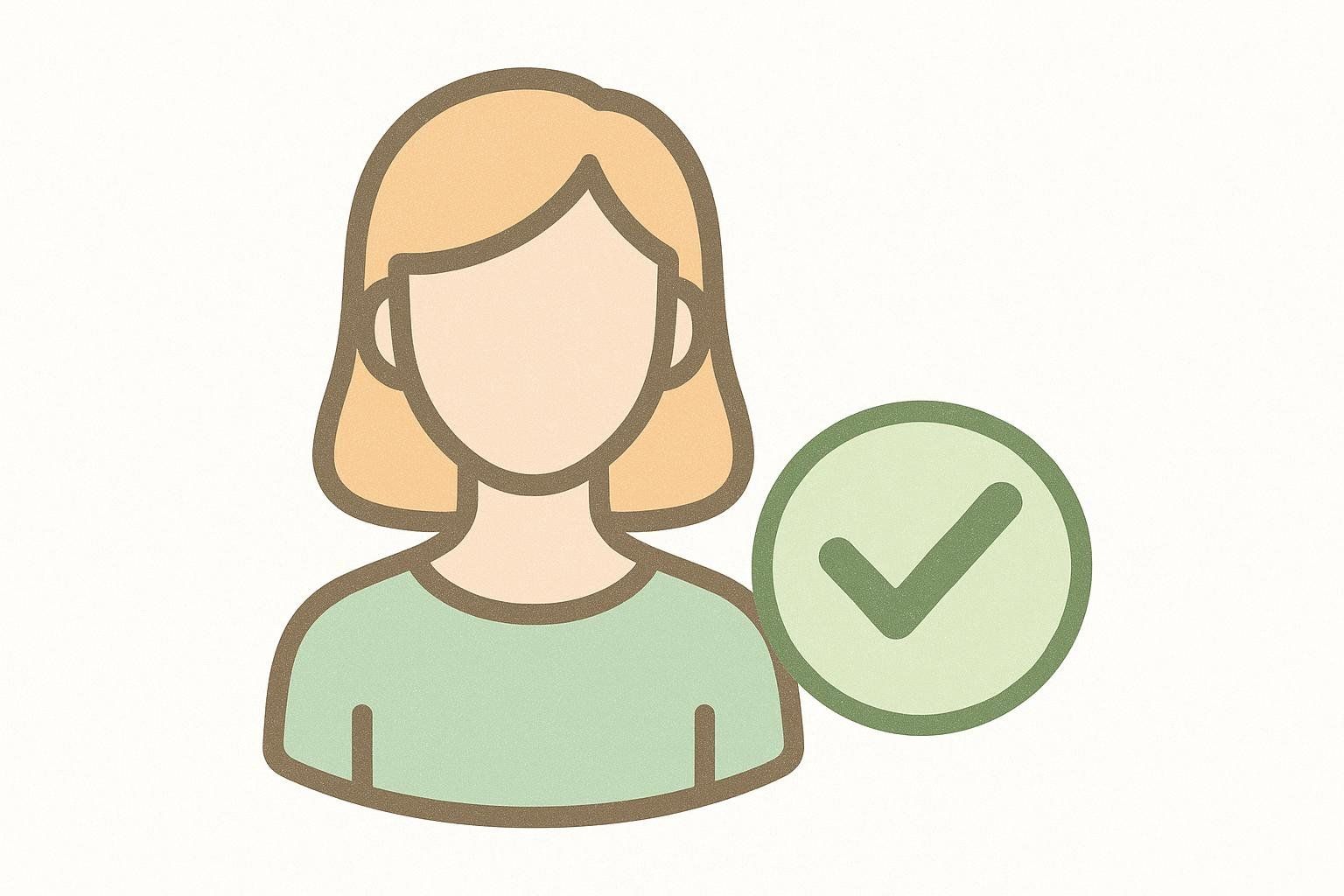
Often, yes. It depends on the lens you use:
- ACE-style categories place women’s “average” roughly at 25-31% and “obesity” at ≥32% (see Healthline’s ACE chart overview).
- A 2024 Endocrine Society-affiliated paper using NHANES data found metabolic syndrome was rare below 30% body fat in women and proposed higher %BF thresholds for risk-based “overweight” (~36%) and “obesity” (~42%) (2024 Endocrine Society-affiliated analysis).
Bottom line: 30% body fat by itself isn’t a diagnosis. Your visceral fat, waist measures, fitness level, and daily habits matter just as much as the number.
What 30% body fat typically looks like (and why it varies)
At around 30% body fat, many women:
- Show softer contours at the arms, midsection, hips, and thighs, with less muscle definition at rest.
- Notice more pronounced curves in the stomach/hips compared with the mid-20% range.
- Can absolutely perform and feel great — especially with regular strength training and cardio.
But two women at 30% can look very different due to genetics, “pear vs. apple” fat distribution, training age, and life stage. Visual guides with lab-verified measurements highlight this variability and are helpful for “eyeballing” trends — not for diagnosis.
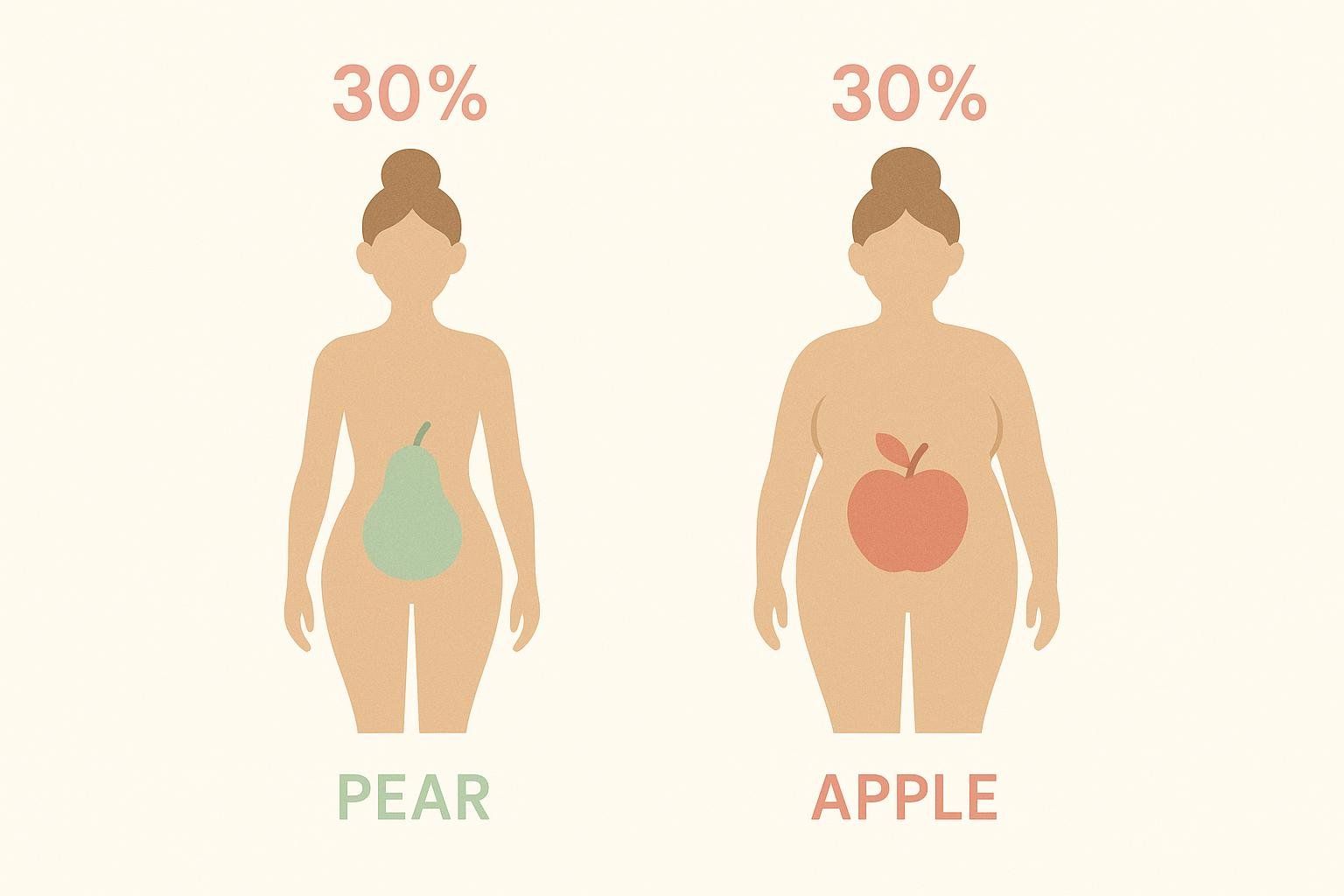
- See a DXA-anchored visual guide showing how the same % can look different across bodies.
- Compare staged photo ranges to see how definition typically changes from ~25% -> 30% -> 35%.
How accurate is your measurement?
Not all methods agree. Here’s how common tools stack up — plus how to use them together.
- Smart scales (BIA): Super convenient for trends but sensitive to hydration, meals, and timing. Expect day-to-day wiggle room. Use for direction; confirm key milestones with a lab method, as outlined in our comparison of smart scales, BOD POD, and DEXA.
- Tape/circumference + photos: Great for at-home progress and risk screening (waist). Follow a consistent protocol for reliable comparisons with our step-by-step tape guide.
- Calipers/3-site skinfolds: Useful with a trained practitioner; technique matters a lot.
- DEXA scan: Research-grade measurement of fat, muscle, and bone, plus estimates for visceral fat — with breakdowns by body area (arms, legs, trunk). BodySpec’s real-world scan-to-scan repeatability is about ±0.5 percentage points with consistent prep (see our DEXA scan accuracy guide).
Pro tip: Pick one “daily/weekly” tracker (tape, steps, or smart scale) and one “quarterly” lab method (DEXA). That combo keeps you honest without letting daily noise derail your motivation.
Health context at 30%: focus on visceral fat, not just total fat
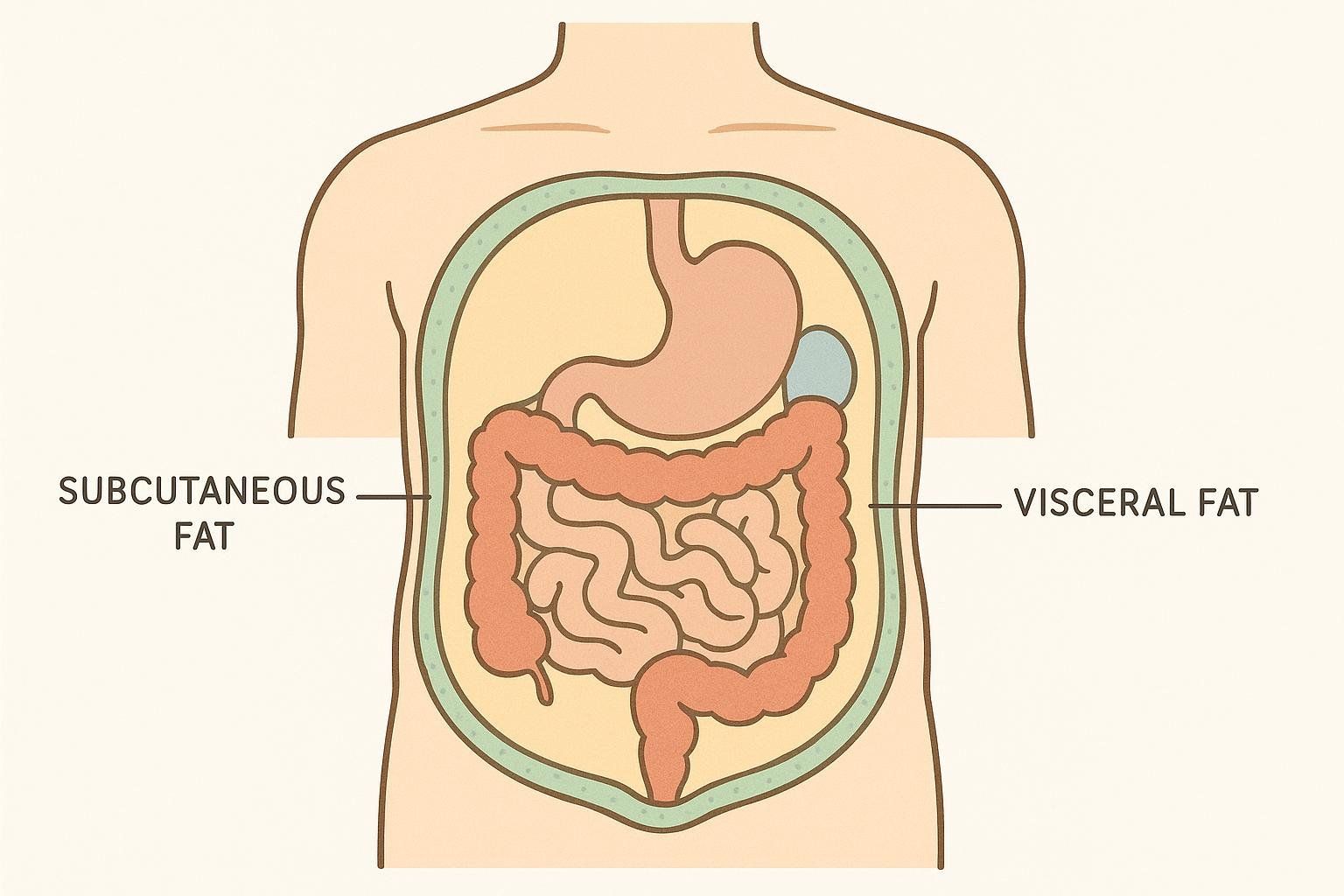
Two people with the same total body fat can have different health risks if one carries more visceral fat (deep abdominal fat around organs). Visceral fat is metabolically active and linked to insulin resistance and cardiovascular risk — think of it as the kind of belly fat that matters most for your health (explained in our visceral fat ranges for women and the 10% rule).
- A practical rule of thumb is to keep visceral fat near ~10% of your total body fat (the “10% rule”), and to use waist circumference (<35 inches) and waist-to-hip ratio (<0.85) as quick at-home screens.
- DEXA directly estimates visceral adipose tissue (VAT) in grams/pounds — your best way to track central risk during recomposition.
Life-stage nuances:
- Postpartum: Central fat can stay elevated for a while; gradual recomposition and core rehab help (see our postpartum recomposition guide).
- Perimenopause/menopause: Hormonal shifts can drive more abdominal fat storage — strength training and protein intake help preserve muscle and metabolic rate (our women’s body fat chart by age).
A simple path from 30% to the mid-20s
You don’t need extreme diets to move from 30% toward 25-28%. Consistent, proven habits win.
- Strength train 3 days/week
- Full-body basics: squats/hinges, pushes/pulls, and carries. Progress load or reps weekly. Start here: Strength training for beginners.
- Keep 2-3 sets per exercise, 6-12 reps, 5-8 movements per session.
- Hit protein at each meal
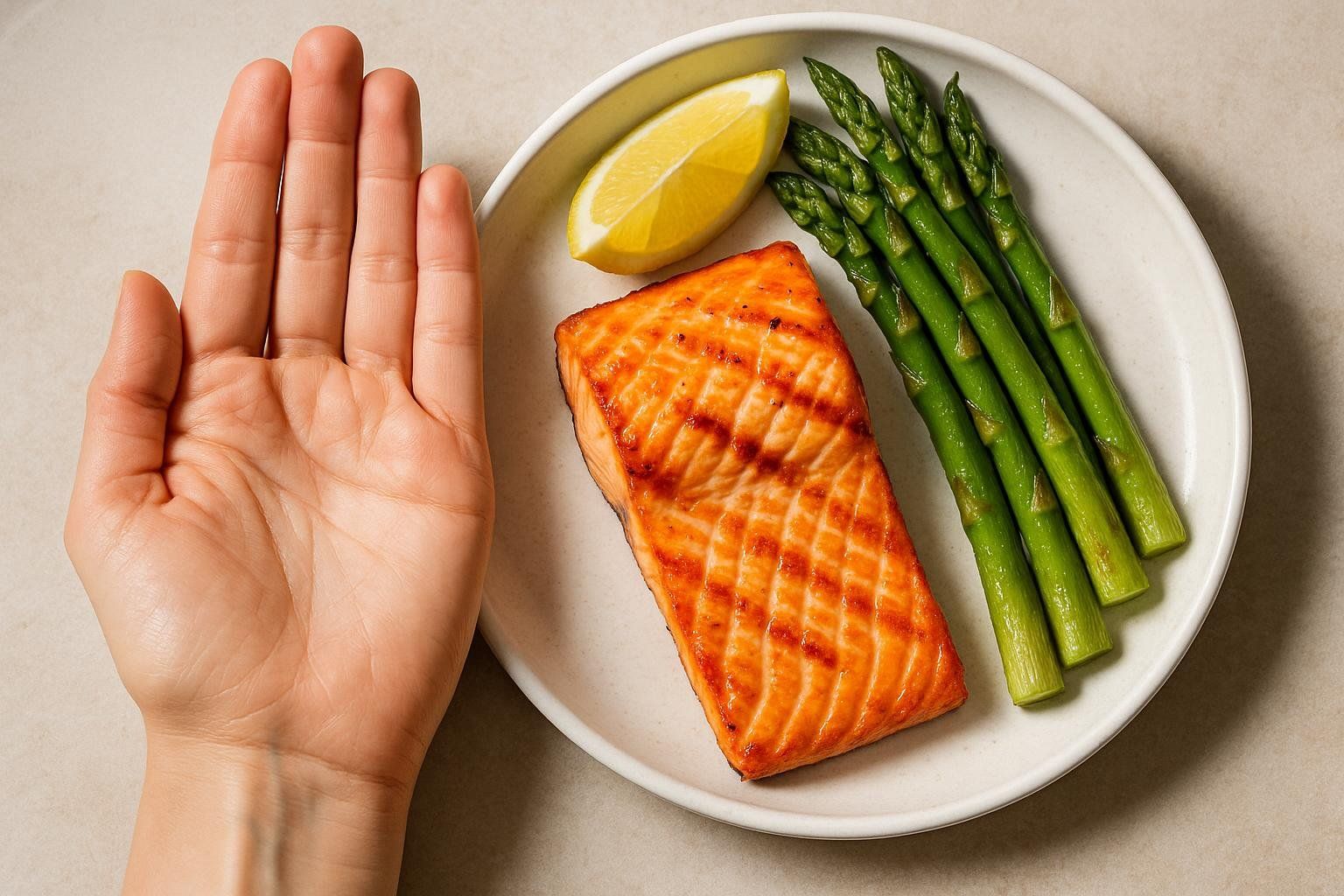
- Anchor each meal with a palm-sized serving of protein (or about 0.7-1.0 g per pound of body weight per day if you like numbers). Learn more in The Protein Primer.
- Increase daily steps and add cardio
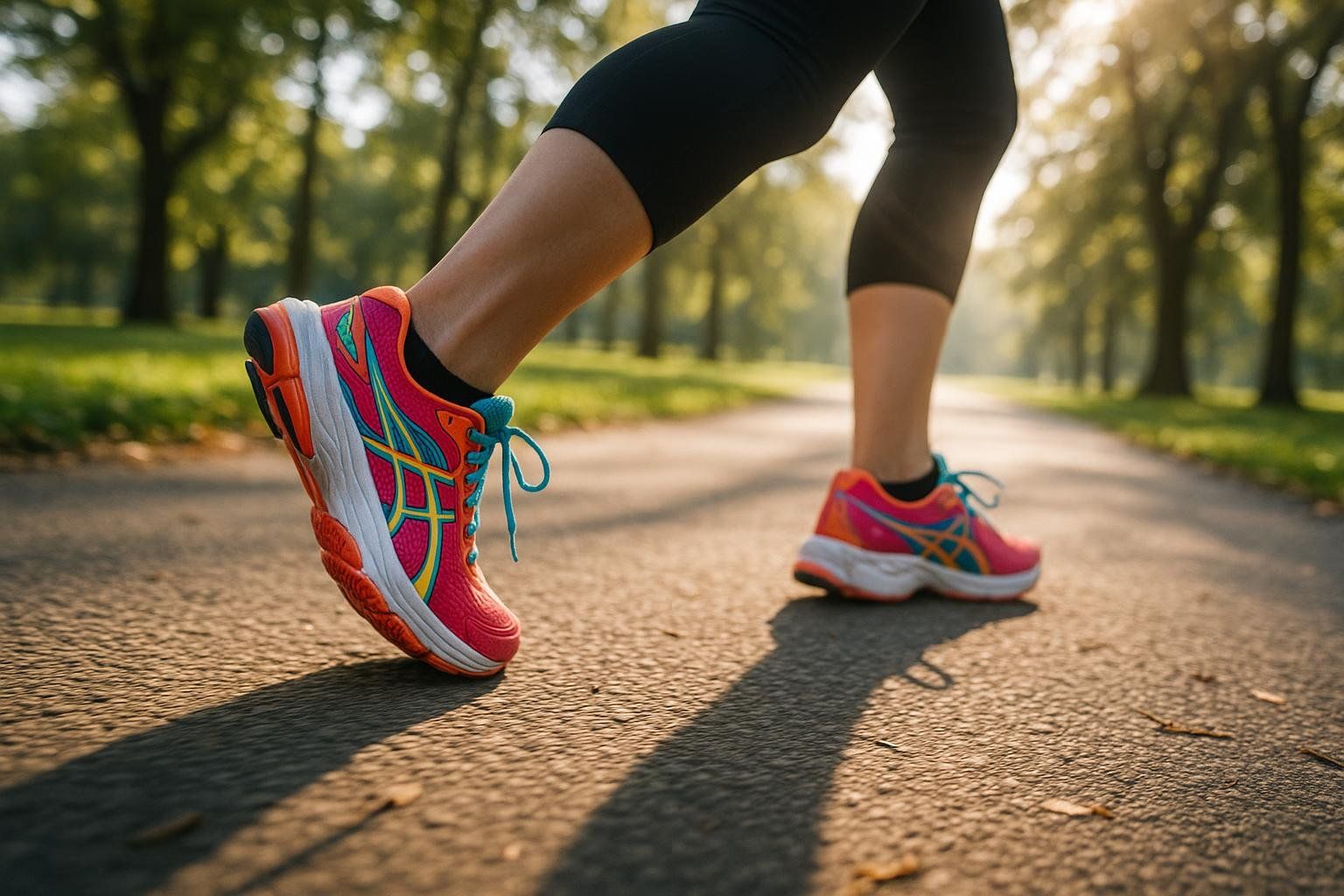
- Aim for 7-10k daily steps as a baseline.
- Add 1-2 cardio sessions you enjoy (intervals or steady-state) for heart health and calorie burn.
- Create a gentle calorie gap you can keep
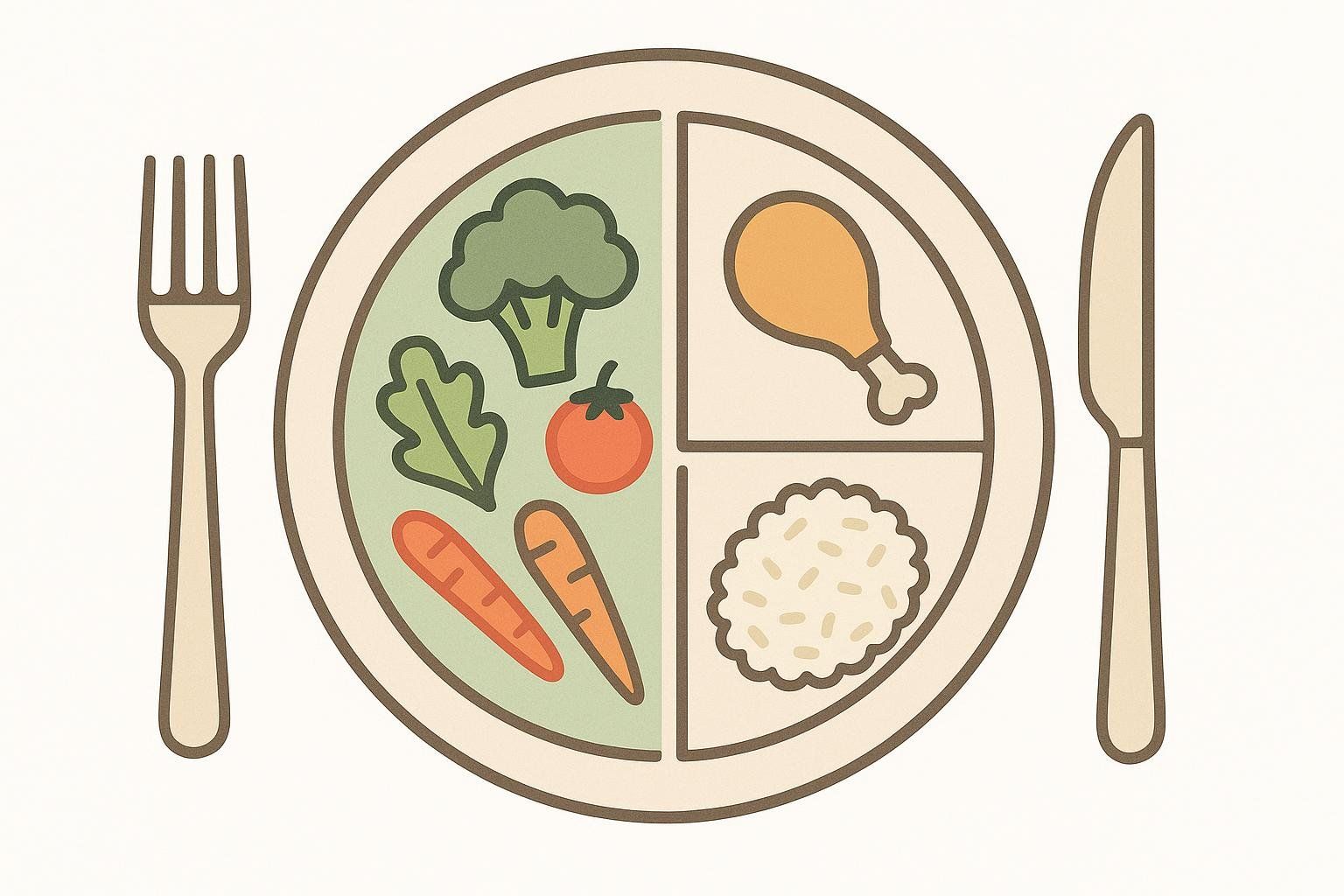
- Method A — Plate rule: Fill half your plate with non-starchy veggies, a quarter with lean protein (palm-sized), and the remaining quarter with whole-food carbs; add a small healthy fat (olive oil drizzle, avocado slice, or nuts).
- Method B — Portion tracking: Use simple hand portions to start — 1 cupped handful of carbs and 1 thumb of fats per meal (adjust up/down based on hunger and progress). Track intake for 2-3 weeks to calibrate, then keep portions consistent.
- Prioritize recovery

- 7-9 hours of sleep when possible; manage stress (brief daily breathwork, journaling, or walks).
- Measure what matters
- Every 2-4 weeks, measure your waist at the midpoint between your lowest rib and hip bone (after a normal exhale), and hips at the widest point of the glutes. Take progress photos (front/side) in the same spot and lighting.
- Schedule a follow-up DEXA scan every 8-12 weeks to verify real changes in fat, lean, bone, and visceral fat (BodySpec booking).
FAQs
Is 30% body fat “overweight” for women?
- In the ACE-style chart, 30% lands at the upper end of “average” (see Healthline’s ACE summary). In a 2024 risk-based analysis, clinically relevant “overweight” started closer to ~36% for women (2024 Endocrine Society-affiliated analysis). Your waist, visceral fat, fitness, and lab markers should inform the full picture.
What does 30% look like — will I see abs?
- Most women won’t see abdominal definition at 30% in relaxed posture, but performance, strength, and health can be excellent. Visual guides with lab-verified readings illustrate the spectrum (DXA-anchored visual guide; staged photo ranges).
How fast can I go from 30% to 25%?
- Think months, not weeks. Small, compounding habits beat aggressive cuts that can cost you muscle. Use DEXA and tape to verify change (our tape guide).
Which matters more — BMI or body fat %?
- Body fat % tells you about composition; BMI is a size proxy that can misclassify muscular people. For health risk, combine %BF with waist and visceral fat (see our visceral fat guide).
Should I be worried about 30% if my waist is small and I train?
- If your waist circumference and visceral fat are low, and you’re active with good cardio and strength markers, 30% on its own is unlikely to signal elevated risk. Keep doing what works, monitor your waist and energy levels, and re-check composition periodically with DEXA.
